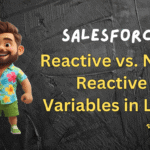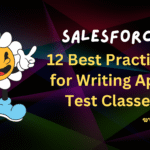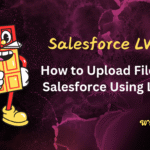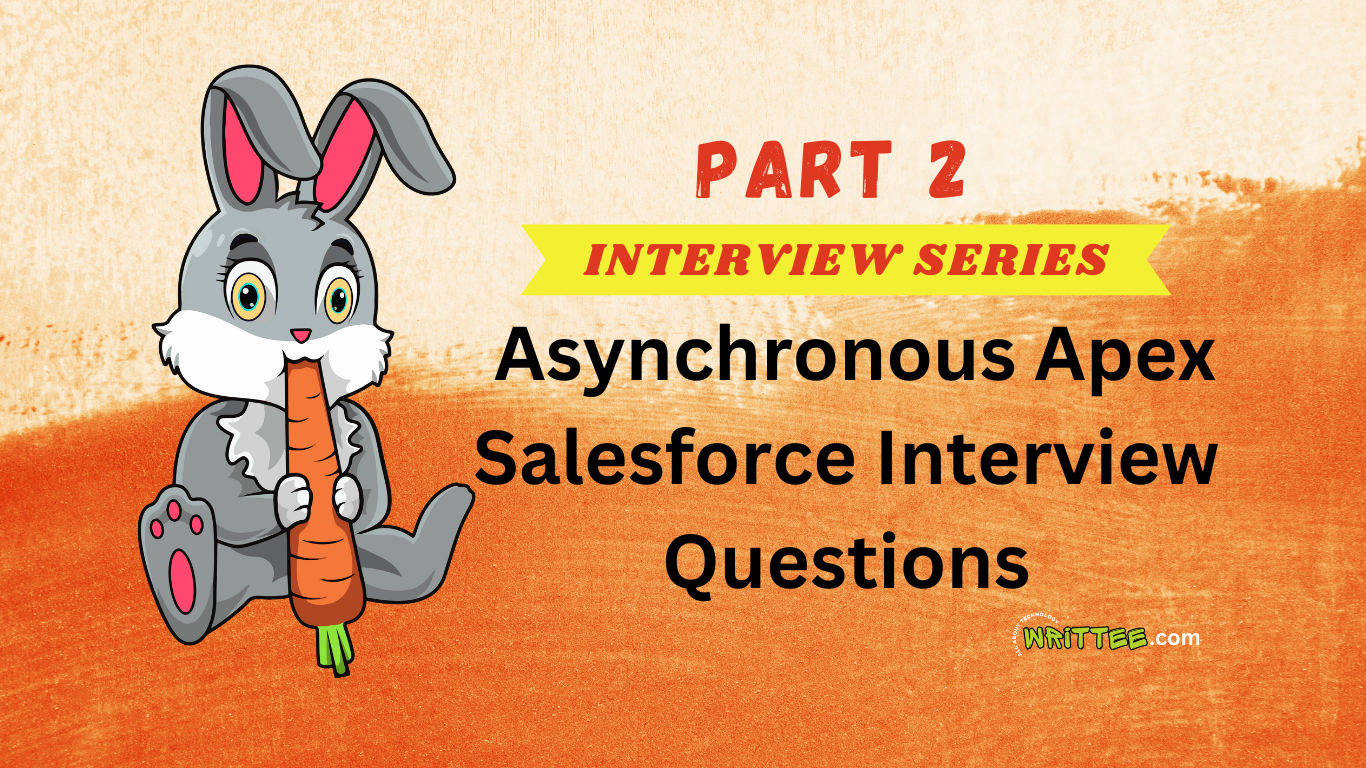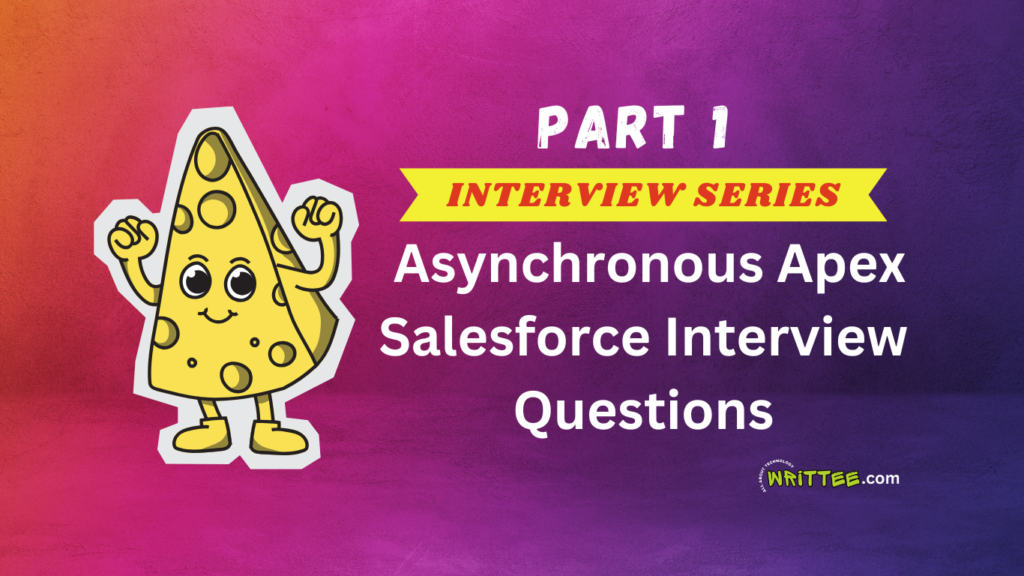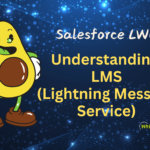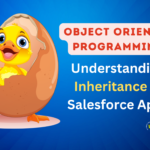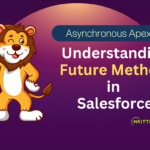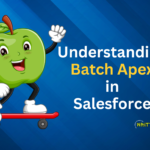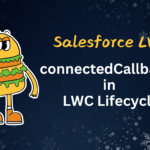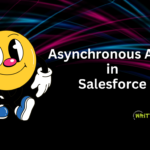Contents
Introduction25 Salesforce Interview Questions on Asynchronous Apex – Part 126. Can you call a Queueable Apex job from a Future Method?27. What is the purpose of the System.schedule method?28. Can you update the same object in a Future Method that was called from a Trigger?29. What is the maximum number of Queueable jobs that can be chained?30. What is the purpose of the Database.AllowsCallouts annotation?31. Can you use SOSL in Batch Apex?32. What is the purpose of the Database.BatchableContext object?33. Can you call a Batch Apex job from a Queueable Apex job?34. What is the purpose of the System.enqueueJob method?35. Can you use DML in a Future Method?36. What is the purpose of the Database.Stateful interface?37. Can you call a Scheduled Apex job from a Trigger?38. What is the purpose of the Database.executeBatch method?39. Can you use SOQL in a Future Method?40. What is the purpose of the Database.Batchable interface?41. Can you call a Future Method from a Queueable Apex job?42. What is the purpose of the Database.QueryLocator object?43. Can you use SOSL in a Future Method?44. What is the purpose of the Database.RaisesPlatformEvents annotation?45. Can you call a Scheduled Apex job from a Batch Apex job?46. What is the purpose of the Database.BatchableContext.getJobId method?47. Can you use DML in a Queueable Apex job?48. What is the purpose of the Database.Stateful interface in Queueable Apex?49. Can you call a Batch Apex job from a Scheduled Apex job?50. What is the purpose of the Database.AllowsCallouts annotation in Queueable Apex?Conclusion





